Situated in the azure waters of the Arabian Sea, Lakshadweep’s islands are home to a rich Islamic heritage reflected in their mosques. These architectural marvels blend traditional Malabar and Arab influences, creating unique structures that dominate the islands’ landscapes. From the historic Juma Masjid in Kavaratti to the picturesque mosques of Agatti and Minicoy, each tells a story of faith, culture, and community. This article explores the significance, design, and spiritual importance of mosques in Lakshadweep, offering insight into the archipelago’s religious fabric.
10 Mosques In Lakshadweep
1. Juma Masjid, Kavaratti
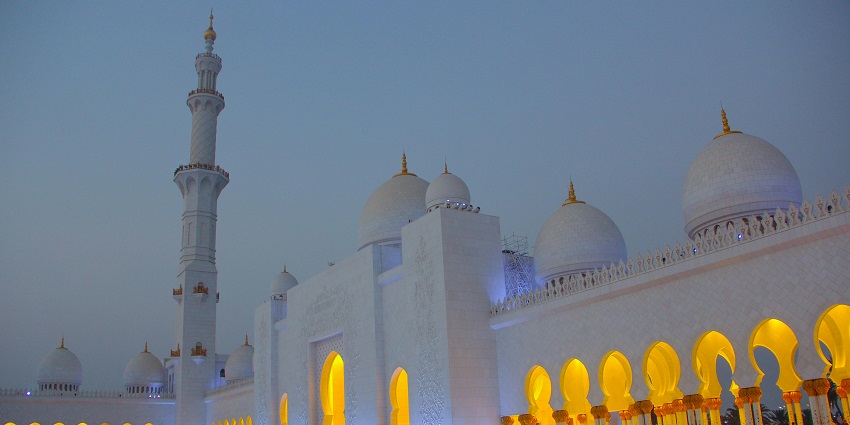
Photo: Manprit Kalsi / Pexels / Image For Representation Only
The Juma Masjid in Kavaratti, the capital of Lakshadweep, is one of the most prominent and historically significant mosques in the archipelago. This beautiful mosque, with its striking white facade and green domes, is a testament to the rich Islamic heritage of Lakshadweep. The mosque’s architecture blends traditional Islamic design with local influences, creating a unique and captivating structure. The interior of the Juma Masjid is equally impressive, featuring intricate woodwork and calligraphy. It houses a madrasa where children learn to recite the Quran and study Islamic teachings.
Timings: 4:30 AM – 9 PM
Suggested Read: Lakshadweep Islands
2. Ujra Mosque, Kavaratti
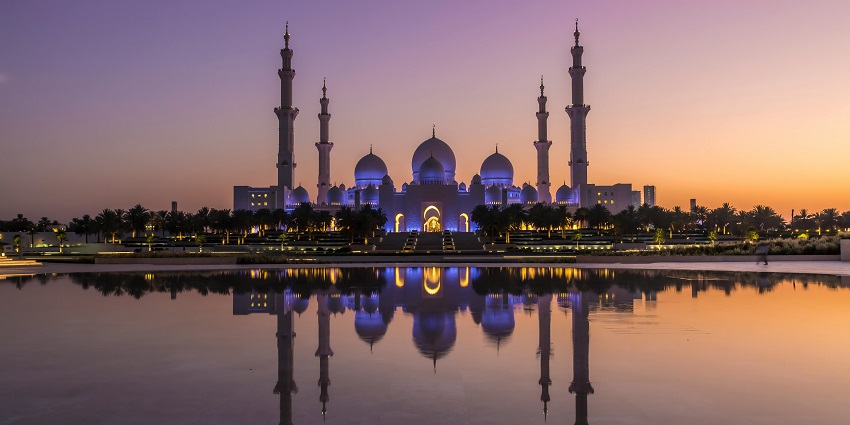
Photo: Nirmal Dharshana / Pexels / Image For Representation Only
The Ujra Mosque, also located in Kavaratti, is renowned for its unique architectural features and historical significance. This mosque is particularly famous for its ornate mirrored ceiling, which creates a mesmerizing play of light and reflections. The intricate glass inlay work on the ceiling is said to have been crafted by a skilled artisan from the mainland over a century ago. The mosque’s structure combines elements of traditional Kerala architecture with Islamic design principles. Its whitewashed exterior contrasts beautifully with the lush green surroundings. The interior of the mosque is equally impressive, with finely carved wooden pillars and arches adding to its aesthetic appeal.
Timings: 4:30 AM – 9 PM.
3. Friday Mosque, Agatti
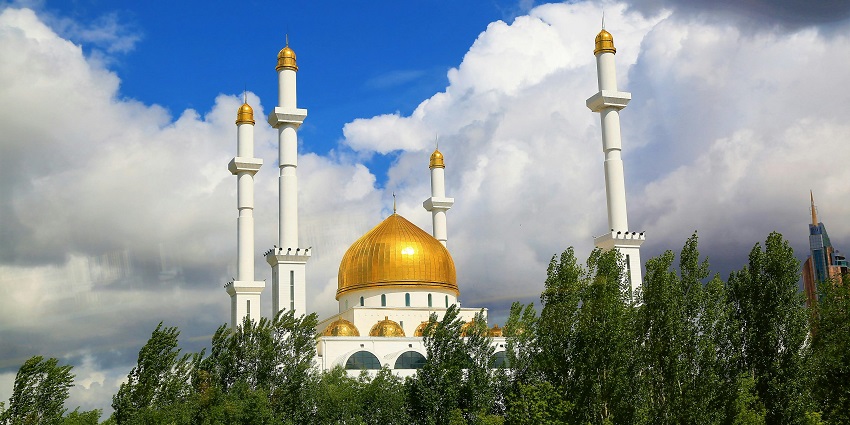
Photo: Konevi / Pexels / Image For Representation Only
The Friday Mosque on Agatti Island is a central place of worship for the local Muslim community. This mosque, while not as ornate as some others in Lakshadweep, holds a special place in the hearts of Agatti’s residents. Its simple yet elegant design reflects the modest and devout nature of the island’s inhabitants. The mosque’s structure is primarily made of coral stones, a common building material in Lakshadweep. Inside, the mosque is spacious and airy, designed to accommodate the island’s population for Friday prayers. The simplicity of its interior allows worshippers to focus on their prayers without distraction.
Timings: 4:30 AM – 9 PM
Suggested Read: Beaches In Lakshadweep
4. Andrott Juma Masjid, Andrott
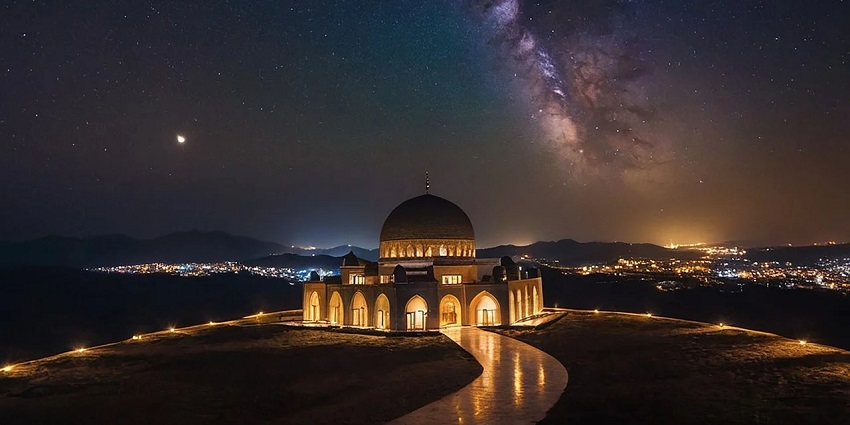
Photo: PixelArtisan1101 / Pixabay / Image For Representation Only
The Andrott Juma Masjid is one of the oldest mosques in Lakshadweep, located on Andrott Island, the largest island in the archipelago. This historic mosque is believed to have been built in the 7th century, making it not just a place of worship but also a significant historical landmark. The mosque’s architecture reflects its age and the various influences it has absorbed over the centuries. Its structure combines elements of Arab, Persian, and Indian architectural styles, creating a unique blend that tells the story of Lakshadweep’s diverse cultural heritage.
Timings: 4:30 AM – 9 PM
5. Mohideen Mosque, Minicoy
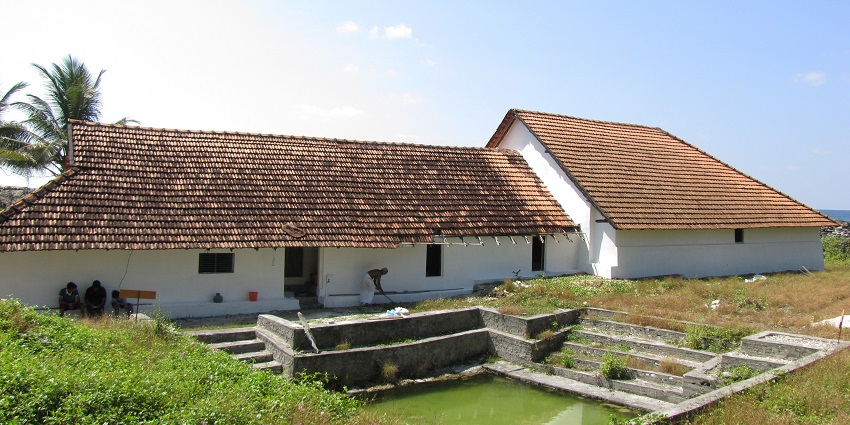
Photo: Vaikoovery / Wikimedia Commons
The Mohideen Mosque in Minicoy Island stands out for its distinctive architecture, which shows strong Maldivian influences. This is not surprising given Minicoy’s proximity to the Maldives and its historical connections with the island nation. The mosque’s design features a unique blend of Islamic and local architectural elements, creating a structure that is both beautiful and culturally significant. One of the most striking features of the Mohideen Mosque is its minaret, which is taller and more elaborately decorated than those found in most other Lakshadweep mosques.
Timings: 4:30 AM – 9 PM
Suggested Read: Things To Do In Lakshadweep
6. Kalpeni Juma Masjid, Kalpeni
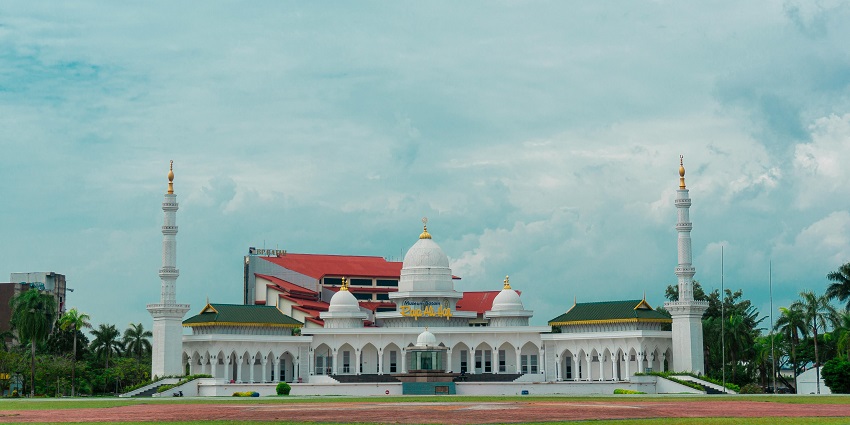
Photo: Ahmad’s / Pexels / Image For Representation Only
The Kalpeni Juma Masjid is the main mosque on Kalpeni Island, known for its serene atmosphere and beautiful location. The mosque’s architecture is a fine example of the traditional building style of Lakshadweep, using locally available materials like coral stones and timber. One unique aspect of the Kalpeni Juma Masjid is its close connection to the island’s maritime heritage. Many of the island’s seafarers come to this mosque to pray for safe voyages, and it’s not uncommon to see offerings of miniature boats placed near the mosque as a symbol of this tradition.
Timings: 4:30 AM – 9 PM
7. Pitti Mosque, Kavaratti
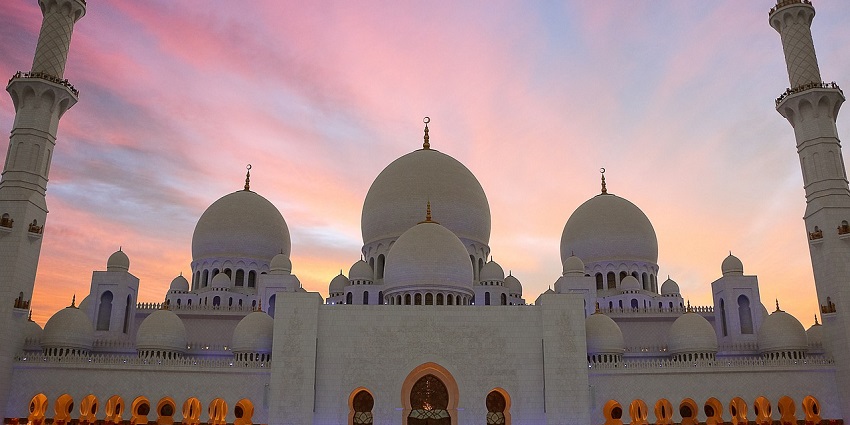
Photo: Hisalman / Pixabay / Image For Representation Only
The Pitti Mosque, located in a different part of Kavaratti Island from the Juma and Ujra mosques, is known for its unique octagonal shape. This distinctive design sets it apart from other mosques in Lakshadweep and makes it an interesting architectural landmark on the island. The mosque’s octagonal structure is said to have been inspired by similar designs found in the Middle East, reflecting the historical maritime connections between Lakshadweep and the Arab world. The walls are adorned with calligraphy and geometric patterns, typical of Islamic art. Despite its unique design, the Pitti Mosque maintains the simplicity and modesty characteristic of Lakshadweep’s religious architecture.
Timings: 4:30 AM – 9 PM.
Suggested Read: Things To Do In Agatti Island For An Amazing Time In Lakshadweep
8. Chetlat Island Mosque, Chetlat
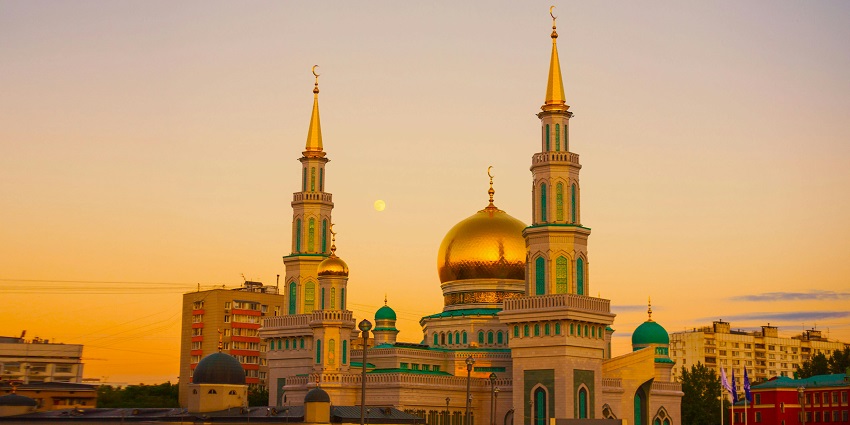
Photo: Pixabay / Pexels / Image For Representation Only
The main mosque on Chetlat Island, while less known than some of the others in Lakshadweep, is an important centre of religious and community life for the island’s inhabitants. Built primarily with coral stones and featuring a thatched roof, the mosque blends harmoniously with its natural surroundings. One interesting aspect of this mosque is its role in the island’s disaster management plan. Being one of the sturdiest buildings on the island, it serves as a shelter during extreme weather events, highlighting the central role of the mosque in both the spiritual and practical aspects of island life.
Timings: 4:30 AM – 9 PM.
9. Bitra Island Mosque, Bitra

Photo: Indra Gunawan / Pexels / Image For Representation Only
The mosque on Bitra Island, the smallest inhabited island in Lakshadweep, is a testament to the religious devotion of its small population. Despite the island’s size, the community has maintained a beautiful mosque that serves as the centre of religious and social life. The mosque’s design is simple yet charming, reflecting the minimalist lifestyle of the island’s inhabitants. Built with coral stones and featuring a thatched roof, the mosque is well-adapted to the island’s tropical climate. Its small minaret, visible from most parts of the tiny island, serves as both a call to prayer and a navigational landmark for fishermen returning to shore.
Timings: 4:30 AM – 9 PM
Suggested Read: Best Places To Visit In Lakshadweep
10. Kiltan Island Juma Masjid, Kiltan
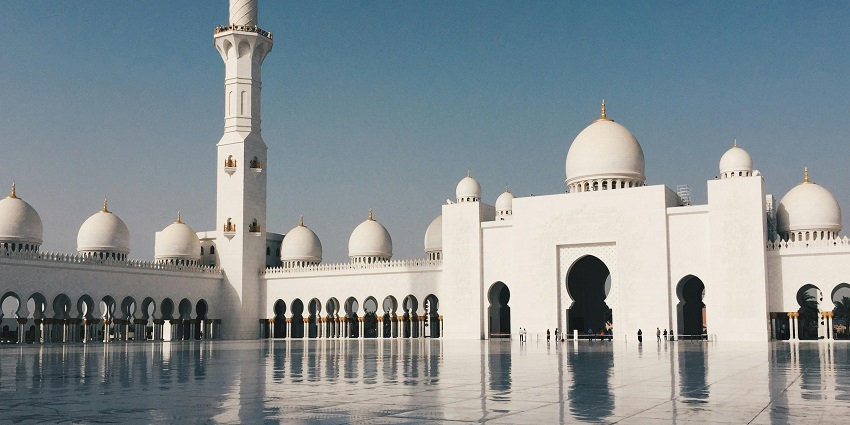
Photo: Pavlo Luchkovski / Pexels / Image For Representation Only
The Juma Masjid on Kiltan Island is another important religious landmark in Lakshadweep. This mosque, like many others in the archipelago, combines traditional Islamic architecture with local building techniques, resulting in a structure that is both spiritually significant and well-adapted to the island environment. The mosque’s exterior features the characteristic whitewashed walls common to many Lakshadweep mosques, which help to reflect the strong tropical sunlight and keep the interior cool. The roof, made of thatched coconut leaves, is another local adaptation that provides excellent insulation. Inside, the mosque is known for its beautiful prayer hall, which can accommodate a significant portion of the island’s population.
Timings: 4:30 AM – 9 PM
Lakshadweep’s mosques stand as testaments to the islands’ Islamic identity and cultural synthesis. These sacred spaces continue to play a vital role in the spiritual and social lives of the islanders. As Lakshadweep evolves, its mosques remain enduring symbols of faith, connecting the past with the present and shaping the archipelago’s future. As you plan your next trip to Lakshadweep, let TripXL shoulder the burden of bookings and the best deals.
Cover Photo: Sarath / Pexels / Image For Representation Only


 WhatsApp
WhatsApp
 Twitter
Twitter









